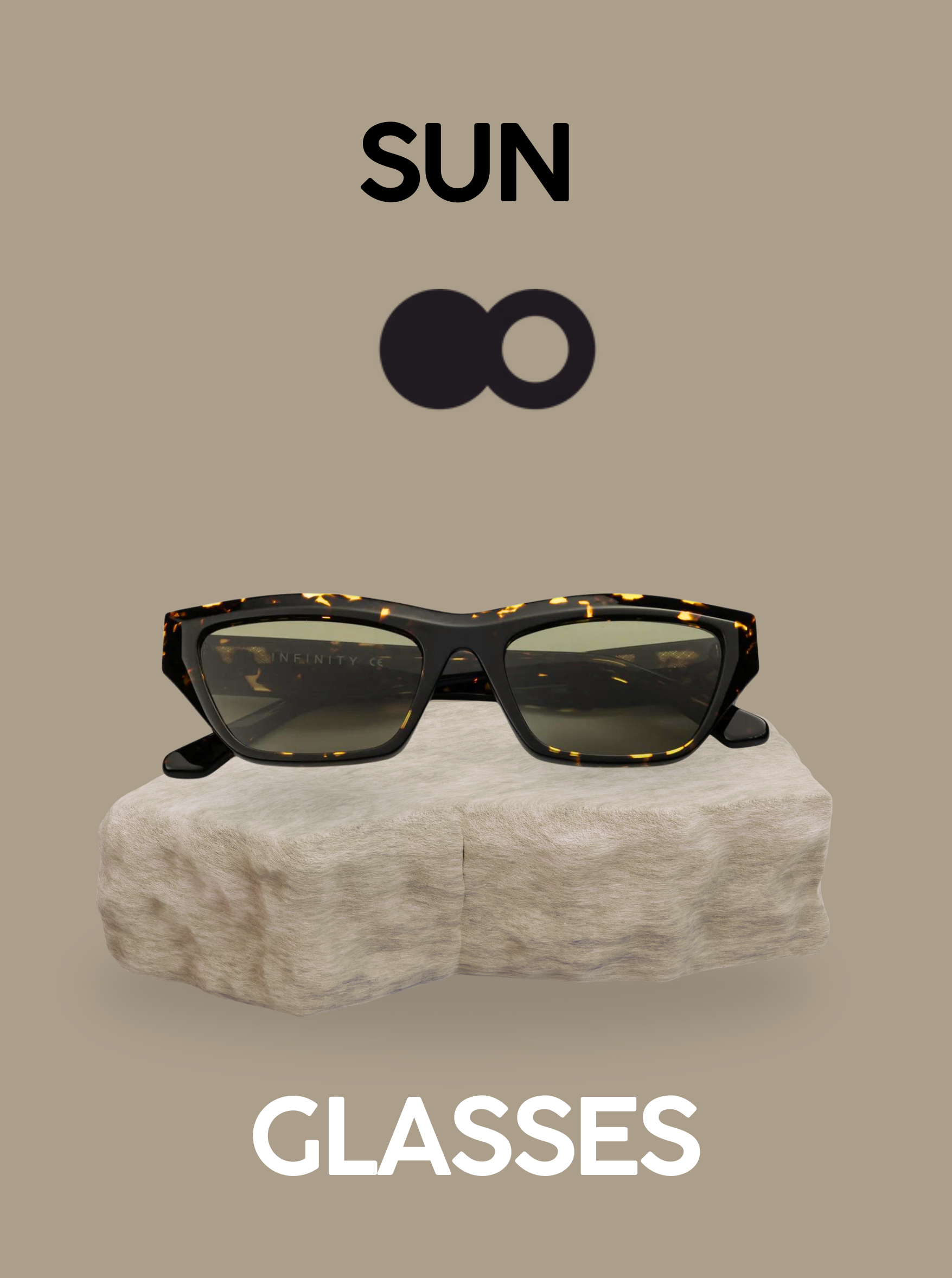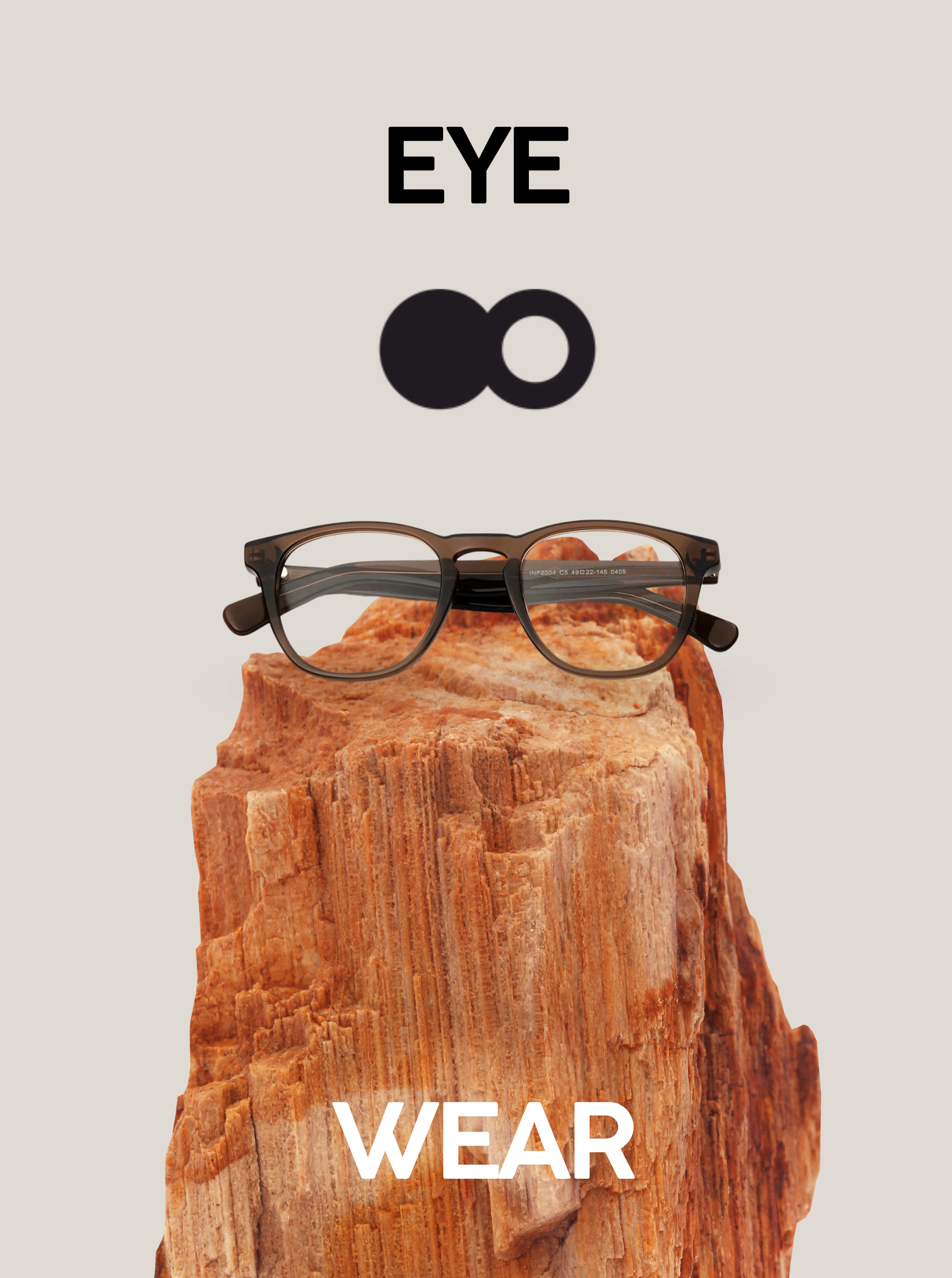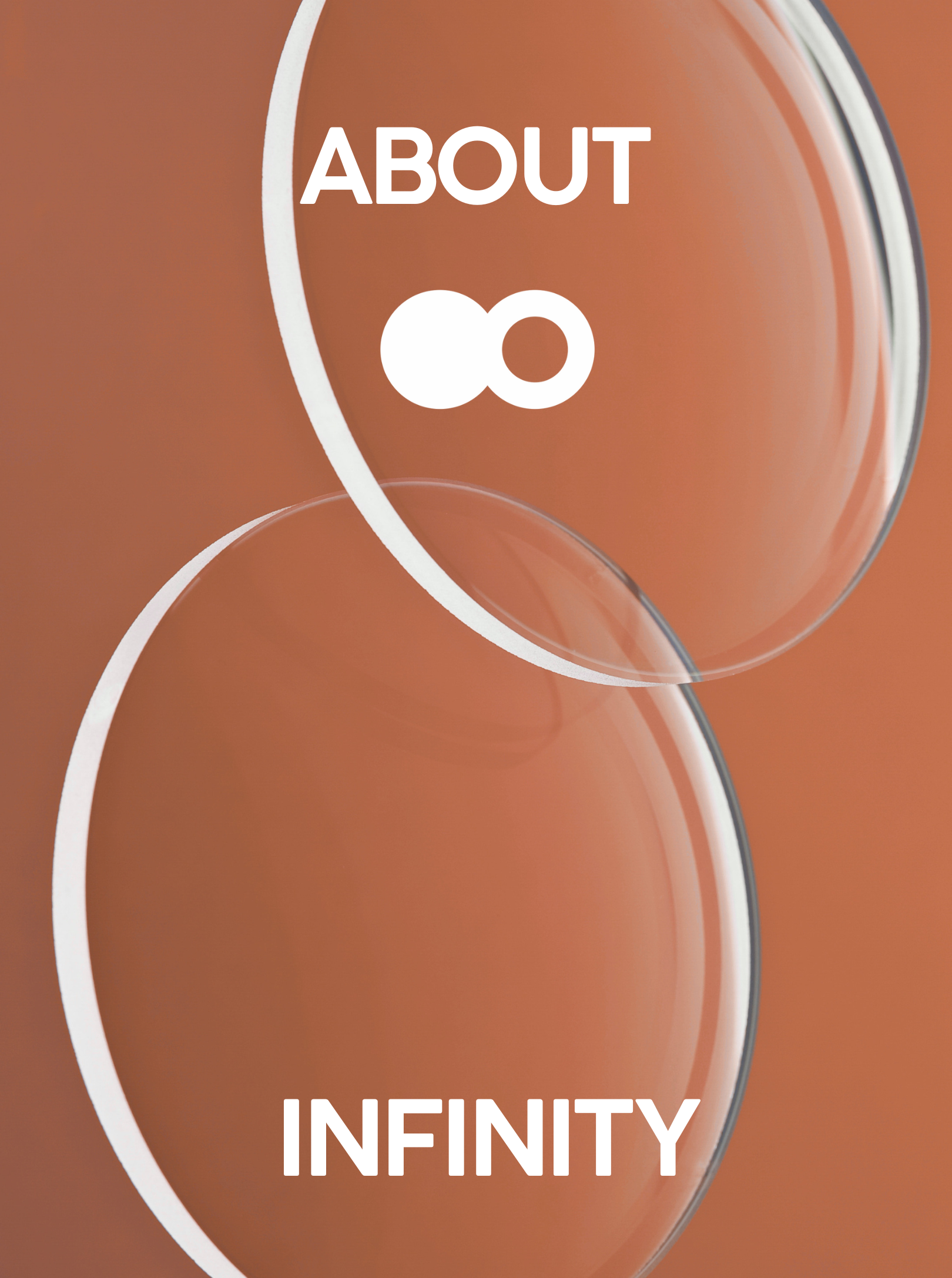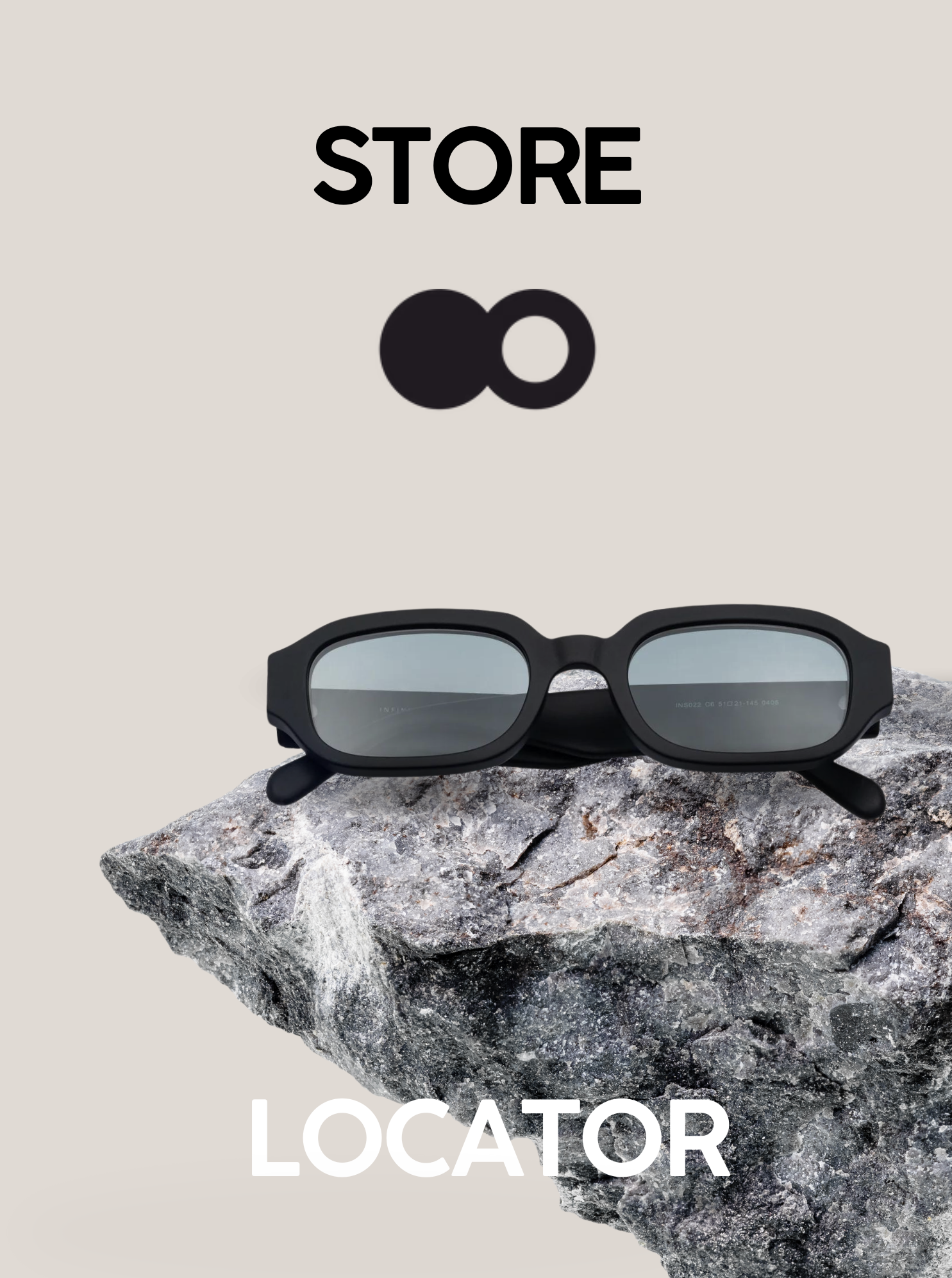In the realm of eyewear, sunglasses often capture the spotlight for their style and aesthetic appeal. However, their primary function—protection against ultraviolet (UV) radiation—is equally crucial. The significance of UV protection in sunglasses extends far beyond mere comfort; it plays a vital role in safeguarding long-term eye health. This blog delves into the scientific principles behind UV protection, the impact of UV exposure on eye health, and the technological advancements in sunglasses designed to combat these risks.
1. Understanding UV Radiation
Ultraviolet radiation, emitted by the sun, is divided into three main types based on wavelength: UVA, UVB, and UVC. Each type of UV radiation affects the eyes differently:
- UVA (320-400 nm): Penetrates deep into the eye, reaching the retina and contributing to long-term damage such as macular degeneration.
- UVB (290-320 nm): Affects the surface of the eye, including the cornea and lens, and is associated with conditions like cataracts and photokeratitis (sunburn of the eye).
- UVC (100-290 nm): Mostly absorbed by the Earth’s atmosphere and does not reach the ground in significant amounts, though it can still be harmful in certain artificial settings.
Understanding these categories highlights why comprehensive UV protection in sunglasses is essential. Sunglasses must offer protection against both UVA and UVB rays to ensure full-spectrum defense for the eyes.
2. The Science of UV Protection in Lenses
The UV protection of sunglasses is achieved through the application of specific coatings or by incorporating UV-blocking materials into the lens itself. Here’s a closer look at how this technology works:
-
UV Coatings: Many sunglasses feature coatings applied to the surface of the lenses that absorb or block UV radiation. These coatings are designed to prevent UV rays from penetrating through the lens material, providing a barrier that protects the eyes.
-
UV-Blocking Materials: Some lenses are made from materials inherently capable of blocking UV rays. For instance, polycarbonate lenses and certain types of high-quality glass lenses are naturally UV-resistant, offering built-in protection without additional coatings.
-
Lens Treatments: In addition to UV-blocking features, advanced lens treatments like polarization and anti-reflective coatings can enhance overall visual comfort and clarity. Polarized lenses reduce glare from reflective surfaces, while anti-reflective coatings minimize reflections and improve light transmission.
3. The Health Implications of UV Exposure
The effects of UV radiation on the eyes are cumulative and can have significant long-term consequences. Prolonged exposure to UV rays can lead to several health issues:
-
Cataracts: UVB radiation contributes to the formation of cataracts, a clouding of the lens that can impair vision and lead to blindness if untreated. Regular UV protection can help slow the progression of this condition.
-
Macular Degeneration: UVA radiation can damage the retina and contribute to age-related macular degeneration (AMD), a leading cause of vision loss in older adults. Preventive measures, including wearing UV-blocking sunglasses, can reduce the risk of AMD.
-
Photokeratitis: Often referred to as “snow blindness,” photokeratitis is a painful condition caused by excessive UV exposure to the cornea. Symptoms include redness, tearing, and temporary vision loss, which can be mitigated with proper eyewear.
4. Evaluating UV Protection Claims
Not all sunglasses offer equal levels of UV protection. To ensure you’re getting adequate protection, consider the following factors:
-
Certification and Standards: Look for sunglasses that comply with international standards, such as those set by the American National Standards Institute (ANSI) or the European Union’s EN ISO 12312-1 standard. Certified sunglasses will have been tested for their UV-blocking capabilities.
-
Labeling: Check for labels or markings indicating UV protection levels. Quality sunglasses should specify that they block 100% of UVA and UVB rays. Be cautious of misleading claims and ensure the sunglasses have been verified by reputable sources.
-
Fit and Coverage: The design of the sunglasses also affects UV protection. Larger lenses and wrap-around styles provide better coverage and reduce the amount of UV light entering from the sides.
5. Technological Advancements and Future Trends
Recent advancements in lens technology continue to enhance UV protection and overall eyewear performance. Innovations include:
-
Photochromic Lenses: These lenses adjust their tint based on light conditions, providing additional UV protection and reducing glare in varying environments.
-
Enhanced Coatings: Developments in lens coatings improve durability, scratch resistance, and UV-blocking efficiency, ensuring long-lasting protection and clearer vision.
-
Eco-Friendly Materials: The use of sustainable materials and environmentally friendly production processes in sunglasses is on the rise, reflecting a broader trend towards sustainability in fashion and accessories.










